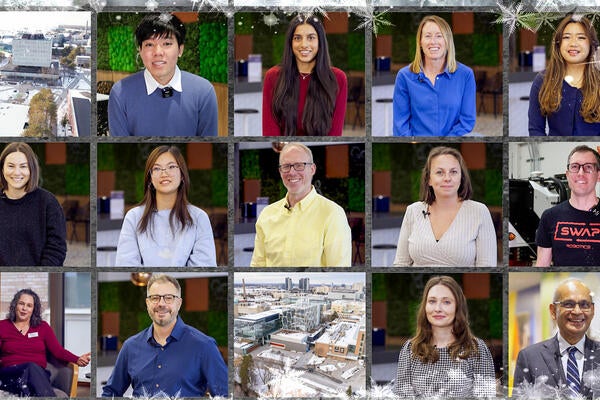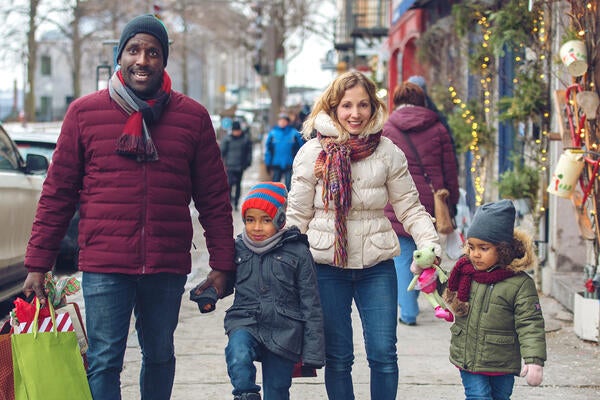
Reimagining our history with Indigenous futurisms
Indigenous Speakers Series invites Chelsea Vowel to share Indigenous perspectives on how to reflect on the past to create better futures

Indigenous Speakers Series invites Chelsea Vowel to share Indigenous perspectives on how to reflect on the past to create better futures
By Sieara Miller Office of Indigenous RelationsWhat can Indigenous futurisms do for us? This was one of the central questions guiding Chelsea Vowel’s hopeful and humour-filled presentation, âniskôhôcikan, Like a String of Beads: Indigenous Futurisms.
Vowel’s presentation was part of the Indigenous Speakers Series organized by Indigenous and settler faculty, staff and students from the Waterloo Indigenous Student Centre (WISC), the Office of Indigenous Relations, the Dean of Arts Office, and the departments of History and Communication Arts. The event was held on February 08 in the Theatre of the Arts inside the Modern Languages building, with approximately 150 attending in person and 180tuned in virtually via livestream. A recording is now available on the Faculty of Art’s Youtube channel.
Indigenous futurisms, a term coined by Grace Dillon and indebted to Afrofuturism, seeks to describe a movement of art, literature, games, and other forms of media that express Indigenous perspectives on the future, present and past.
Indigenous futurisms allow us to reimagine the past and present while also offering hope to our futures, rejecting apocalyptic settler fantasies. The concept foregrounds Indigenous ontologies and epistemologies, discards the baggage of colonialism and recovers ancestral traditions, and opens space/time to “imagine” and “act” otherwise. Vowel emphasized the need to look ahead and to seriously think about our futures, but not act reactively or from a place of fear. We need to take the time and space to creatively think about the future and take action.
Vowel compared Indigenous futurisms to a string of beads. In this metaphor, an Indigenous worldview connects the opposite ends of the string together to form a circle of beads, rather than a continuous line of beads. This creates a space for our past and our future (our ancestors and descendants) to directly interact and come together. Vowel also highlighted that there is not one single layer of beads, but by multi-layering these strings can create inter-Indigenous conversations.
At the end of the presentation, Dr. Katy Fulfer joined Vowel on stage for an engaging Q and A session. Questions prompted insightful conversations on Indigenous resurgence, the accessibility of Indigenous languages, and the complexities of identity. Folks who missed the event can watch the recording on the Art’s YouTube channel.

Read more
A winter holiday message from President Vivek Goel

Read more
Researchers awarded funding to investigate ecology, climate change, repatriation, health and well-being through cultural and historical lens

Read more
Shop Canadian this holiday season with festive porch plants, fashion-forward apparel, craft spirits and more from Waterloo entrepreneurs
The University of Waterloo acknowledges that much of our work takes place on the traditional territory of the Neutral, Anishinaabeg, and Haudenosaunee peoples. Our main campus is situated on the Haldimand Tract, the land granted to the Six Nations that includes six miles on each side of the Grand River. Our active work toward reconciliation takes place across our campuses through research, learning, teaching, and community building, and is co-ordinated within the Office of Indigenous Relations.